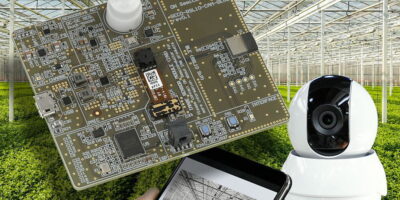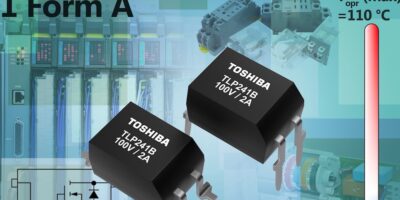Microchip Technology’s LAN9360 audio endpoint controller, a single chip Ethernet controller with embedded controllers, interconnects vehicles’ infotainment devices including speakers, amplifiers, microphones, navigation systems, radio tuners and smart headrests with Ethernet audio video bridging (AVB).
The LAN9360 bridges audio between Ethernet AVB and Inter-IC Sound, time division multiplexing and pulse density modulation local audio interfaces. It supports audio transmission over Ethernet AVB, including generalised precision time protocol, timestamping, transport protocols and content protection with high-bandwidth digital content protection.
It also supports secure boot and secure remote updates over eEthernet. Unlike other Ethernet bridging networking solutions requiring System-on-Chip, microcontrollers plus third-party software stacks, the LAN9360 endpoint device requires no software integration, which helps designers to configure the device simply and quickly to manufacturers’ individual audio and networking requirements.
This controller has been validated to industry standards for ethernet interoperability for AVB protocols. The device is validated to the IEEE 802.1BA-2011, IEEE 802.1AS, IEEE1722 and IEEE1733 specifications for ethernet networks and is certified to the standards for AVB interoperability and reliability established by the Avnu Alliance consortium.
Microchip’s LAN9360 endpoint device is available for volume orders in a 100-thin profile fine pitch ball package option.
The LAN9360 expands Microchip’s Ethernet product portfolio and total system solution for automotive developers. Other Microchip Ethernet devices for automotive applications include the LAN8770 100BASE-T1 PHY, a single-port physical layer transceiver compliant with the IEEE 802.3bw-2015 specification. The device provides 100 Mbps transmit and receive capability over a single unshielded twisted pair cable.
In addition, the Trust Anchor (TA100), a secure element from Microchip’s portfolio of CryptoAutomotive security ICs for automotive security applications, provides support for code authentication, secure boot and audio content protection with high-bandwidth digital content protection.







